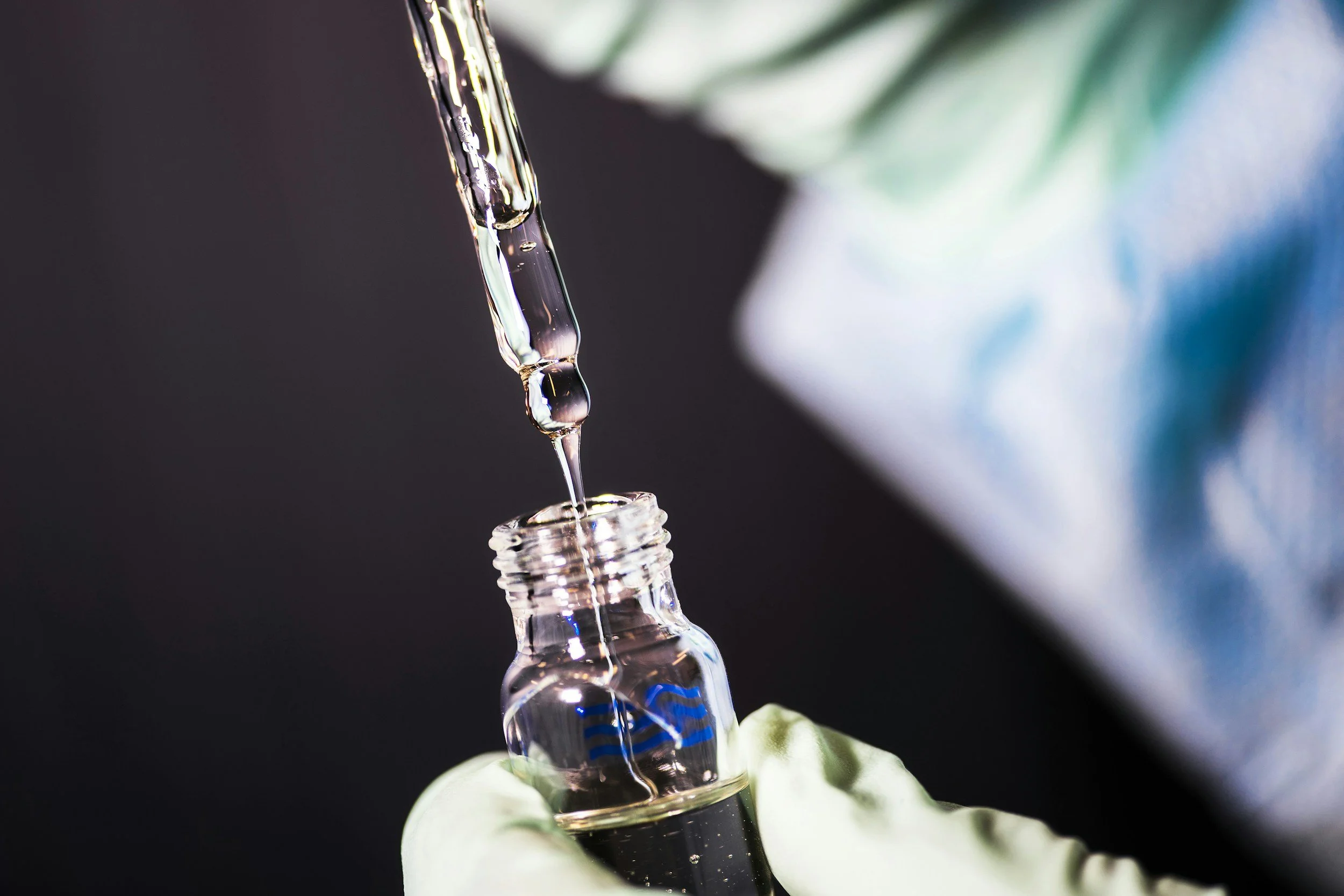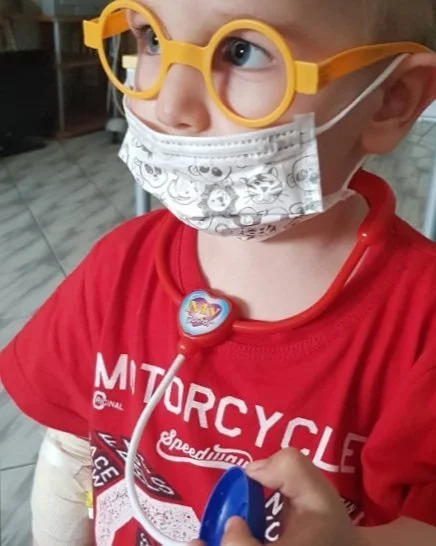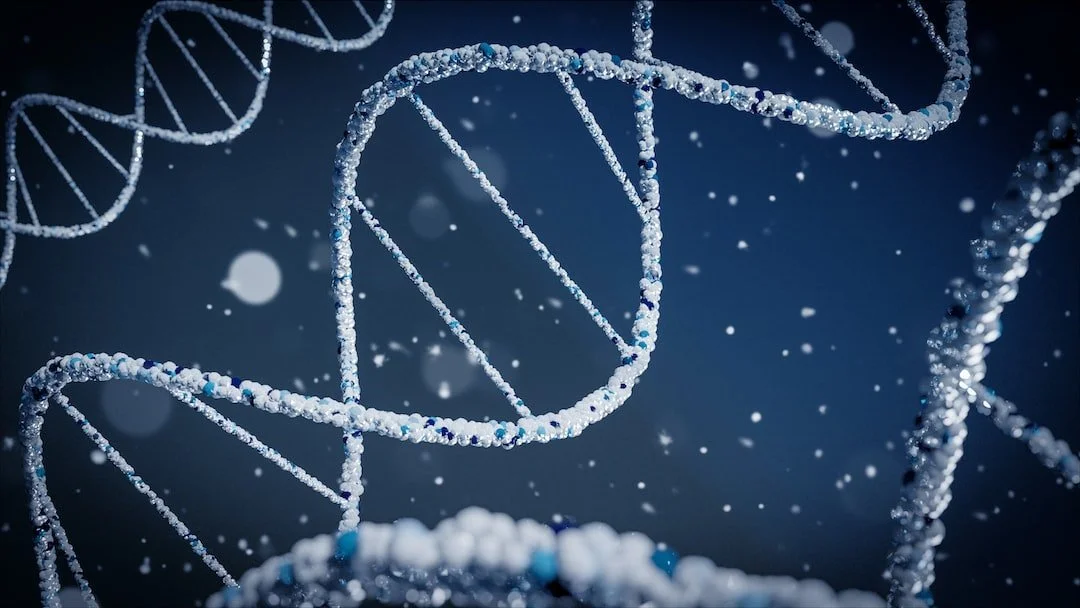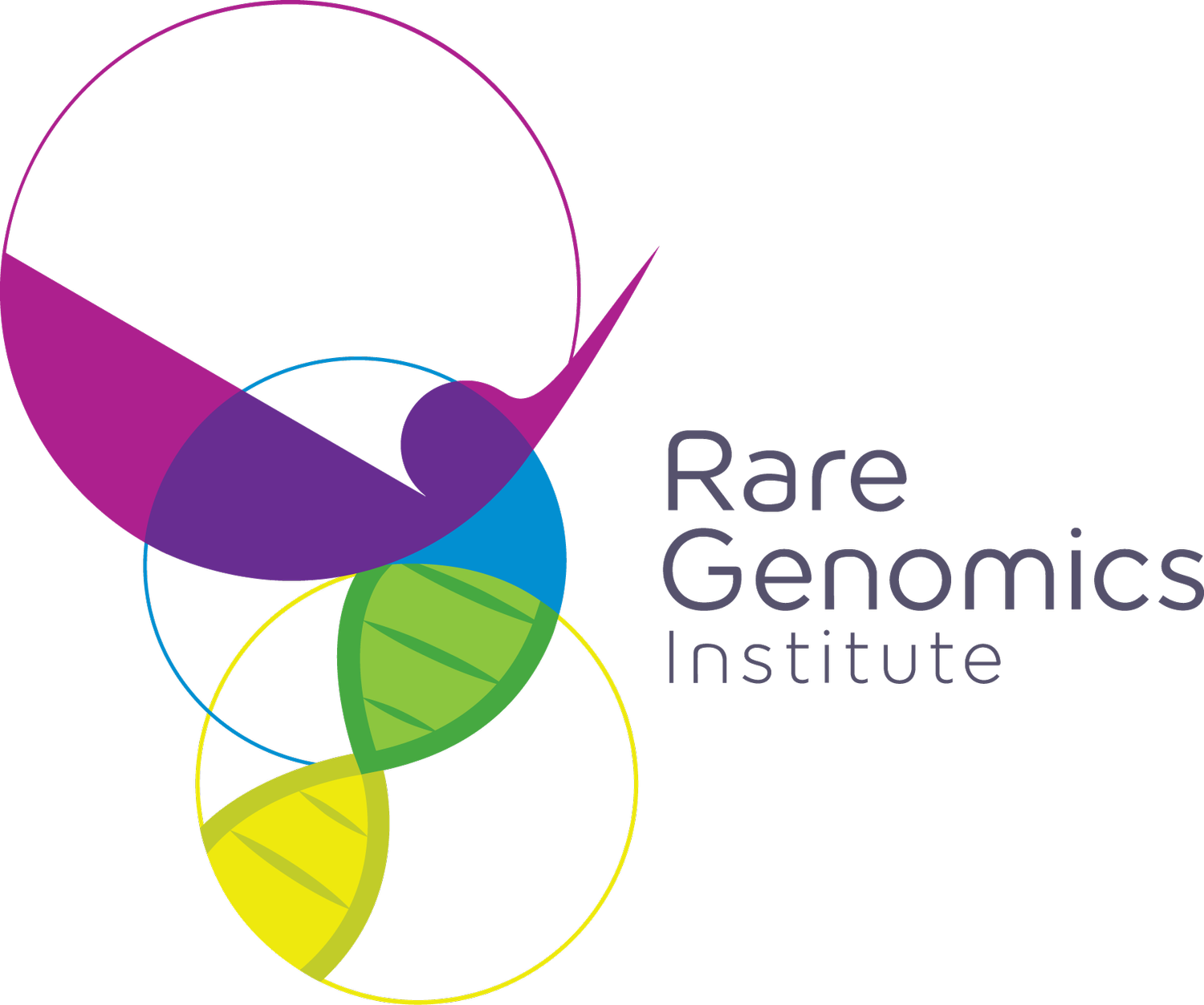
News, Events & Blogs

Redefining the future of Rare Diseases: The Power of Gene Therapy
Approximately 7,000 rare diseases are known today, and about 80% of them have a genetic basis. For many, there are no approved treatments. Gene therapy provides a personalized approach by addressing the underlying mutation.

The Future of Rare Disease Research
Rare diseases may affect only a handful of people, but together they impact more than 400 million people worldwide—that’s roughly 1 in 17 people. Historically, they’ve been neglected because of small patient populations and fragmented research efforts. But today, thanks to new technologies and global collaboration, the future of diagnosis and treatment has never looked brighter.

Economics and Politics in Rare Disease Treatments: The Rising Cost and Challenges
Orphan drug approvals are rising, offering hope for rare disease patients — but at an average cost of $370,000 per year. With policy shifts, Medicare loopholes, and falling research funding, the future of rare disease treatment hangs in the balance.

Precision Genomics for Rare Diseases: Shaping the Future of Treatment
The intersection of genomics and personalized medicine has transformed the landscape of healthcare. The Rare Genomics Institute (RG) emphasizes leveraging cutting-edge genomic technologies to identify the genetic basis of undiagnosed rare diseases and empowering patients with resources and the latest research. RG stands out from other organizations focused on rare diseases through its unique patient-centered approach. So far, RG has coordinated over 380 genetic sequencing projects and served over 825 families.

Funding challenges in Rare Disease Research: How financial support can transform the Rare Disease Landscape
Rare diseases may each affect only a small number of individuals, but collectively they impact up to 30 million Americans—highlighting a silent crisis in healthcare. Despite scientific progress, rare disease research remains chronically underfunded, resulting in delayed diagnoses, mismanagement, and a lack of effective treatments. This article explores the funding challenges that plague rare disease research and how strategic financial support—from government grants to public-private partnerships—can drive critical advancements. Transforming the rare disease landscape is not just about innovation; it's about giving millions a fair chance at timely diagnosis, effective care, and a better quality of life.

Finding Emotional & Mental Health Support for Patients & Caregivers
Living with a rare disease—or caring for someone who does—comes with unique emotional and mental health challenges. Feelings of isolation, anxiety, and uncertainty about the future are common. However, support is available. This blog will explore the emotional impact of rare diseases, coping strategies, and resources for mental health support.

Breaking Down Genetic Testing: What Patients and Families Need to Know
Genetic testing can be a powerful tool for diagnosing rare diseases, understanding hereditary risks, and guiding treatment decisions. However, for many patients and families, the process can seem overwhelming or confusing. This blog will break down what genetic testing is, the different types available, how to access testing, and what to do with the results.

Navigating Clinical Trials: A Guide for Rare Disease Patients
A condition is defined as a rare disease if it affects fewer than 200,000 individuals. Approximately 7,000 conditions meet this definition. In 2016, the United States Food and Drug Administration awarded $23 million dollars towards a four year period that supported research for 21 different rare diseases. However, most rare diseases lack disease-modifying therapies or effective medications for several reasons…

AI in Healthcare: Revolutionizing Genomic Sequencing and Rare Disease Treatment
In recent years, artificial intelligence (AI) has made significant strides across various industries, but its impact on healthcare, particularly in the realm of genomic sequencing and rare disease research, is transformative. As we continue to navigate the complexities of the thousands of rare diseases affecting millions worldwide, AI offers unprecedented opportunities to revolutionize diagnosis, treatment, and patient care.

2024 Informa Connect Rare Disease Innovation and Partnering Summit
The 2024 Informa Connect Rare Disease Innovation and Partnering Summit will be held this year between March 19th and 21st. It will bring together organizations focused on rare diseases and orphan drug development with patient advocates, patient support/services, market access, and technological development.

The role of the physiotherapist in diagnosing pediatric neuromuscular diseases
Physical therapists, also known as “physiotherapists” and “physiatrists” in other parts of the world, are trained to assess movement and physical development starting from birth. Pediatric neurologists might respond to parents’ reports of muscle weakness, loss of coordination, and degeneration by looking at lab values and genome maps; assessments of strength and movement are not the usual areas of focus for these specialists.

He Suffered from a Rare Cancer Before the Age of Two. What was wrong?
Before the age of two, Viktor Pataki’s parents discovered there was something wrong with their son. His young life was just beginning and they were desperate for answers. Doctors discovered that Viktor had a rare form of cancer called Langerhans Cell Histiocytosis (LCH).

Sometimes, It’s a Zebra
In medical school, many doctors are taught the old saying, “When you hear hoof beats, think horses, not zebras.” This saying means that doctors should generally consider the most likely possibility first when making a diagnosis.
But what do you do when it is a zebra?
What makes a disease rare? In the United States, the Orphan Drug Act defines a disease as rare if it affects fewer than 200,000 Americans or less than one in 2,000 people. A disease is considered ultra-rare if it affects less than one in 50,000 people.

Misdiagnosed With Monkeypox: Understanding How Rare Conditions Are Presented
Even the most qualified medical practitioners make mistakes when attempting to diagnose patients’ rare conditions. Therefore, the average person cannot be held to a high standard when it comes to recognizing whether someone in their lives has a rare disease. It would be nearly impossible for a layperson to identify whether someone they pass by on their daily commute has a disease, let alone a rare one.

Madelaine and Ally's Story
Madelaine had a normal pregnancy and gave birth to a healthy baby named Ally in a small, less than 10,000 person town named Manitoba, Canada. Ally was Madelaine’s second daughter, with her first being her neurotypical eldest daughter, Bethany.

Kelley and Ryan's Story
At birth, Ryan was diagnosed with bilateral sensorineural hearing loss and an umbilical hernia. A few weeks later, she was diagnosed with macroglossia and an oversized liver. After piecing together a puzzle of symptoms, including Ryan’s spontaneous birth, her pediatrician made the diagnosis of Beckwith Wiedemann Syndrome (BWS) at three months. Kelley was relieved to have a diagnosis. With a name to lead the way, this initial answer pointed their family towards further work-up, medical research papers Kelley could read to learn more, and treatment options.
However, Ryan’s story did not end with BWS. She continued to be in pain for the first 1.5 years of her life because there were several other symptoms that were unaccounted for in the initial BWS diagnosis, and therefore not addressed.

Alex and Caroline’s Story
Caroline Cheung-Yiu is the parent of a child living with a rare disease. Her son Alex is a RareWear participant who was issued a device in connection with the RareWear program which monitors vital signs. Caroline graciously shared her family’s story with us in the hope of helping others who might benefit from the RareWear program.

Economics and Politics in Rare Disease Treatments
The cost of living with a rare disease in the United States is significantly higher than the cost of living with other types of health conditions. Findings published in a 2022 report by Chiesi Global Rare Diseases, a Boston-based business unit of Chiesi Farmaceutici S.p.A, revealed that the economic burden of a patient living with a rare disease is approximately 10 times higher than that of a patient living with a more common affliction. Chiesi states the average overall cost per rare disease patient in the U.S. is $266,000 annually, but in comparison, the average overall cost per patient living with a so-called “mass market” disease is roughly $26,000 annually.
Interview with RareWear Patient Heidi Woods
The Rare Genomics Institute’s RareWear program connects rare disease patients to medical device providers, which offer free devices to help patients to better monitor and manage their conditions. RareWear is an ongoing program and patients are welcome to apply throughout the year. Learn more about RareWear here: https://www.raregenomics.org/rarewear/home.
Heidi Woods is a RareWear participant who began using her device, a Holter monitor to measure heart rate, earlier this year. Heidi was diagnosed with Ehlers-Danlos syndrome in 2009. Heidi graciously shared her story with us in the hope of helping others who might benefit from the RareWear program.

Remember Undiagnosed Children’s Awareness Day
Undiagnosed Children’s Awareness Day was honored on April 30th, 2021 to increase awareness and understanding of the impact and prevalence of undiagnosed genetic conditions. SWAN UK (Syndromes Without A Name) hosted a Zoom meeting to commemorate the day and to discuss sequencing programs for undiagnosed families. Learn more about Undiagnosed Children’s Awareness Day here!
